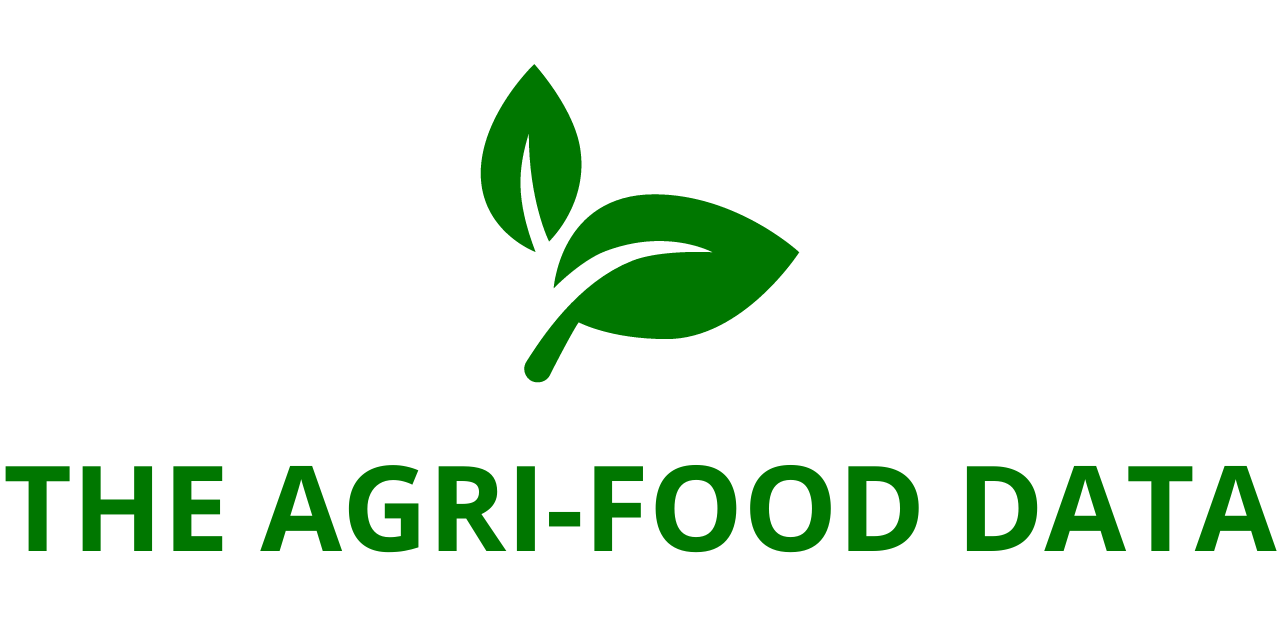
The global gluten-free Foods products market continues to witness robust growth, driven by a rising awareness of dietary health, the increasing prevalence of gluten-related disorders, and shifting consumer preferences toward healthier lifestyles. The newly released report, “Gluten-Free Products Market (2025 Edition): Analysis by Product Type (Bakery Products, Snacks & RTE Products, Dairy/Dairy Alternatives, Pasta & Noodles, and Others), By End-Use Industry, By Region, By Country: Market Insights and Forecast (2021–2031),” provides a comprehensive outlook on this rapidly evolving market.
According to the report, the global gluten-free products market grew at a compound annual growth rate (CAGR) of 8.94% between 2021 and 2024. The market was valued at USD 8.10 billion in 2024 and is projected to nearly double to USD 16.18 billion by 2031, highlighting the strong and sustained consumer demand across regions and categories.
Market Drivers and Health Awareness Trends
The surge in gluten-free product consumption stems from a broader societal shift toward health consciousness and preventive wellness. Traditionally targeted at individuals diagnosed with celiac disease or non-celiac gluten sensitivity, gluten-free diets are now embraced by a much larger segment of the population. Consumers increasingly perceive gluten-free foods as being easier on the digestive system, contributing to weight management, and promoting overall health.
This widespread appeal is further supported by growing incidences of gluten intolerance and improved diagnostic awareness. More consumers today are actively seeking ingredient transparency and choosing products that align with personal health goals, sustainability values, and ethical eating habits. As a result, the gluten-free movement has evolved from a niche dietary requirement to a mainstream lifestyle choice.
Regional Insights: North America Leads, Asia-Pacific Emerges
From a regional perspective, the Americas dominate the global gluten-free products market, with North America—particularly the United States—accounting for the largest share. The region’s market leadership is supported by a well-developed health food infrastructure, widespread diagnosis of gluten-related disorders, and a population highly responsive to food trends.
In the U.S., gluten-free products are readily available across retail outlets—from big-box supermarkets to independent natural food stores—boosted by aggressive advertising and educational campaigns. The availability of certified gluten-free labels and transparent ingredient lists also fosters consumer confidence.

Europe ranks as the second-largest regional market, led by Germany, the UK, France, and Italy. Stricter food labeling laws and a strong push from health authorities have improved awareness and access to gluten-free alternatives. Europe’s longstanding traditions in baked goods and pasta have inspired innovation in gluten-free formulations, bridging cultural tastes with health needs.Meanwhile, the Asia-Pacific region is emerging as a high-growth market, reflecting the dual influences of rising urbanization and an expanding middle class. Countries like China, India, and Japan are witnessing increased adoption of gluten-free products, influenced by Western dietary trends, greater awareness of food intolerances, and growing interest in premium health foods. Additionally, local manufacturers are beginning to experiment with native grains and flours like rice, millet, and buckwheat to produce culturally tailored gluten-free options.
Product Segmentation: Diverse Offerings Meet Expanding Needs
The gluten-free product market spans a wide range of food categories, responding to the need for variety and quality. The report classifies the market into several key product types:
- Bakery Products: This segment includes gluten-free breads, cakes, muffins, and cookies—products that form the cornerstone of many diets. Manufacturers have invested significantly in refining taste and texture to match conventional bakery offerings.
- Snacks and Ready-to-Eat (RTE) Products: With increasing demand for convenient and portable snacks, gluten-free chips, bars, and packaged meals have become staples among health-conscious consumers.
- Dairy and Dairy Alternatives: The convergence of dairy-free and gluten-free trends has led to a boom in plant-based milks and yogurts, particularly almond, oat, and coconut-based variants that are naturally gluten-free.
- Pasta and Noodles: Traditionally wheat-based, pasta has undergone a transformation with the introduction of gluten-free alternatives made from rice, corn, quinoa, and legumes. These options have gained considerable popularity due to their taste, texture, and nutritional profiles.
- Others: This segment includes gluten-free condiments, sauces, cereals, and specialty items. The expansion of gluten-free offerings across multiple food categories ensures greater flexibility for consumers following restrictive diets.
Distribution Channels: From Retail Shelves to Online Carts
The success of the gluten-free market also hinges on distribution strategies. The report categorizes the end-use industry into:
- Supermarkets and Hypermarkets: These remain the dominant retail format for gluten-free purchases, offering a wide selection of brands and products, supported by in-store marketing and health-focused sections.
- Online Retail: The digital marketplace has grown exponentially, particularly following the pandemic. E-commerce platforms provide easy access to product reviews, ingredient lists, and subscription models that support regular consumption.
- Specialty Stores: Health food stores and boutique outlets cater to dedicated gluten-free consumers, offering curated selections and expert advice, often appealing to high-income urban consumers.
- Others: This includes pharmacies, direct-to-consumer delivery models, and wellness stores that sell niche gluten-free items alongside supplements and other health goods.
Competitive Landscape: Strategic Growth and Product Innovation
The gluten-free products market is highly competitive, featuring a mix of multinational conglomerates and nimble startups. Prominent players in the space include:
- General Mills Inc.
- The Kraft Heinz Company
- Kellanova (formerly Kellogg Co.)
- Dr. Schär AG / SPA
- Barilla Group
- Siete Foods (a subsidiary of PepsiCo, Inc.)
- Ecotone
These companies are leveraging product innovation, strategic acquisitions, and global expansion to cement their positions. Notable strategies include:
- R&D investments to improve taste and nutritional value.
- Brand acquisitions to tap into existing customer bases.
- Marketing campaigns emphasizing health benefits, clean ingredients, and lifestyle alignment.
In addition, many brands are exploring sustainable sourcing, eco-friendly packaging, and plant-based ingredients to meet the growing demand for ethical and environmentally conscious food products.






